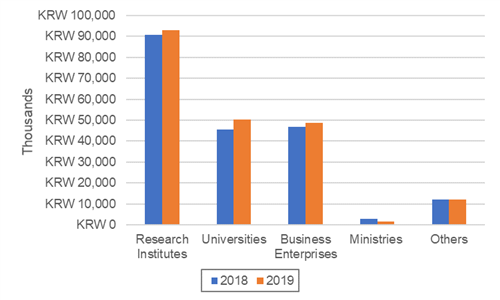UK |
イギリス |
|
The UK's licensed gene and cell therapy manufacturing capacity continues to grow. A survey conducted by the Cell and Gene Therapy Catapult in October and November encompassed 25 out of 26 facilities (see table). Of these, 11 are commercially owned with the remainder in the academic and the public sector. |
英国で認可された遺伝子および細胞治療の製造能力は増え続けています。細胞・遺伝子治療カタパルトが10月と11月に実施した調査では、26施設中25施設を対象とした(表参照)。このうち、11は商業的に所有されており、残りは学術部門と公共部門にあります。 |
|
In total, manufacturing footprint (cleanroom space) increased 47.5% between November 2019 and November 2020 to reach 126,541 ft2 (11,756 m2) with a total of 159 cleanrooms. In-house QC space rose 9.9% to 98,834 ft2 (9,182 m2). New or expanded space was added by Oxford BioMedica, Cobra Biologics, and the Cell and Gene Therapy Catapult. During the coming 12 months, 700 m2 of additional space should be licensed. |
2019年11月から2020年11月にかけて、製造フットプリント(クリーンルームスペース)は合計で 47.5% 増加し、126,541フィート(11,756 m2)に達し、クリーンルームは合計159室になりました。社内の品質管理スペースは 9.9% 増加し、98,834 フィート (9,182 平方メートル) になりました。オックスフォード・バイオメディカ、コブラ・バイオロジクス、細胞・遺伝子治療カタパルトにより、新規または拡張されたスペースが追加されました。今後12か月の間に、700 m2の追加スペースがライセンスされるはずです。 |
|
Average booking capacity was 86% for the period, up 14%. Full-time staffing for manufacturing, test and release rose 15.0% to 1,310. |
この期間の平均予約定員は 86% で、14% 増加しました。製造、テスト、リリースの専任スタッフは 15.0% 増の1,310人でした。 |
# of Facilities | Number of Cleanrooms | Total Cleanroom Space (m2) | Chg. in Cleanroom Space | In-hose QC Space (m2) | Full-time Employees | Avg. Booked Capacity | |
|---|---|---|---|---|---|---|---|
Cell Therapy | 11 | 56 | 1,517 | 8.0% | 483 | 154 | 86% |
Gene Therapy | 8 | 57 | 6,694 | 72.1% | 7,849 | 603 | 95% |
Multifunctional | 7 | NA | 3,545 | 32.5% | 850 | 553 | 75% |
|
The top capabilities at UK gene therapy manufacturing sites, out of 8 categories of processes provided, were suspension and adherence (9 sites each), and lentivirus and AAV (8 each). |
英国の遺伝子治療製造拠点では、提供された8種類のプロセスのうち、懸濁液とアドヒアランス(各9サイト)、レンチウイルスとAAV(各8サイト)がトップでした。 |
|
Among both cell therapy and multifunctional sites, the greater number of sites, out of 8 process categories provided, were allogenic and/or autologous processes (15 sites each), followed by tissue-specific stem cells (14) and immune cells (14). |
細胞療法と多機能部位の両方の中で、提供された8つのプロセスカテゴリーのうち、同種および/または自家プロセス(各15サイト)が多く、組織特異的幹細胞(14)および免疫細胞(14)がそれに続いた。 |
|
Source: Cell and Gene Therapy Catapult (December 1) |
出典:細胞・遺伝子治療カタパルト(12月1日) |

